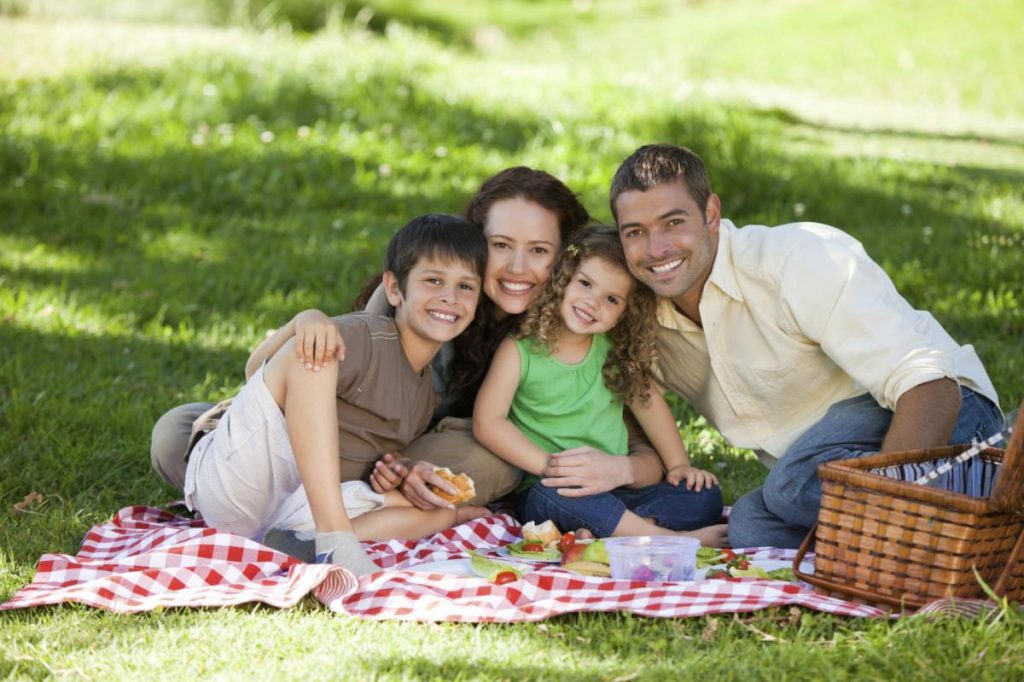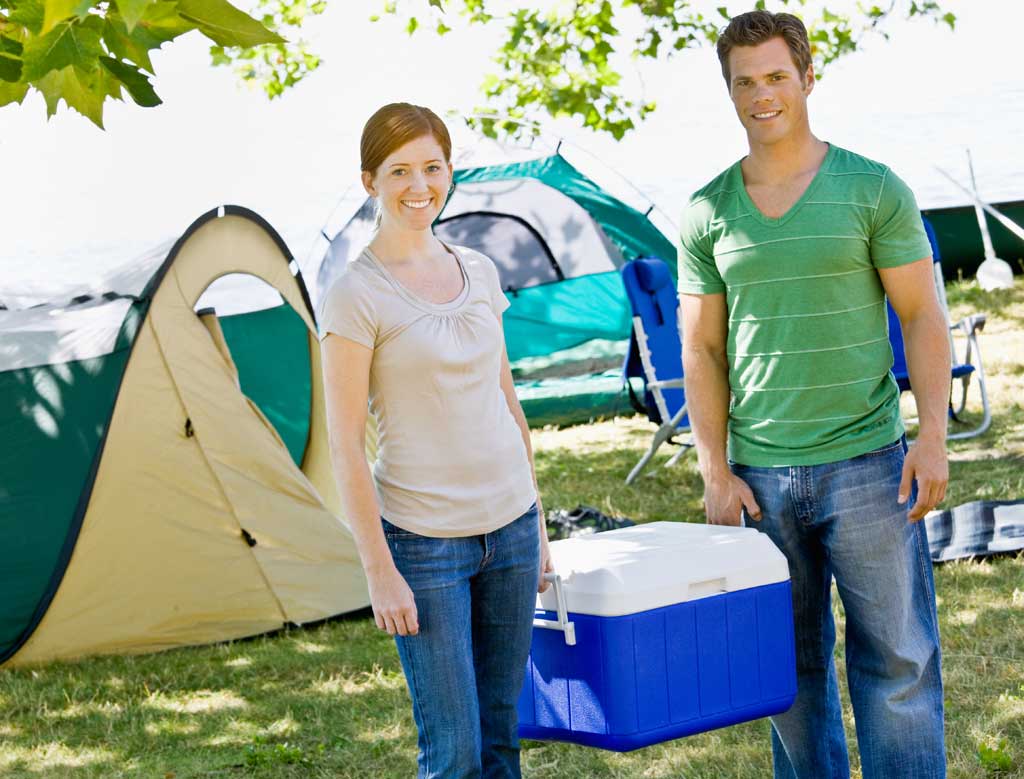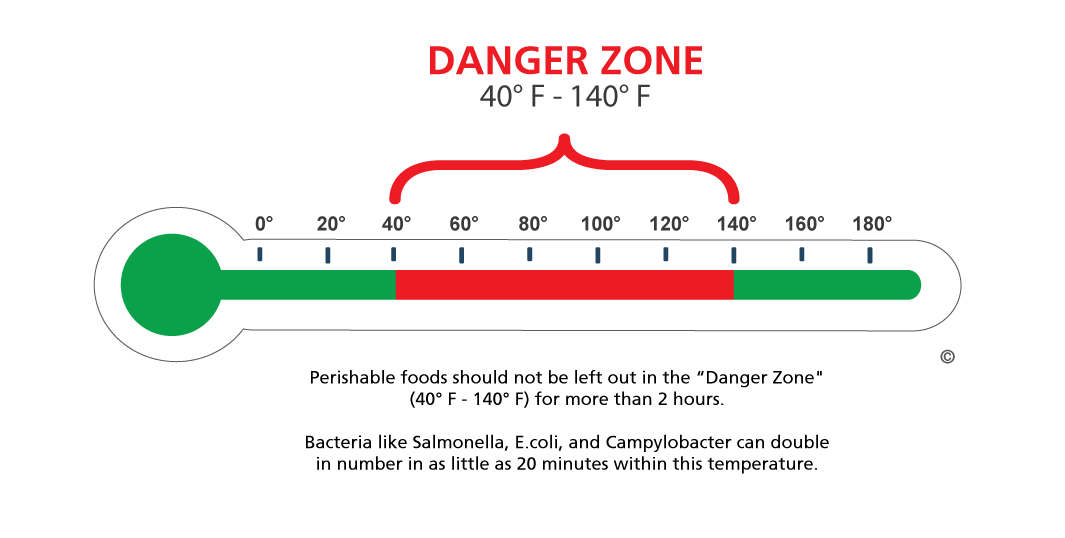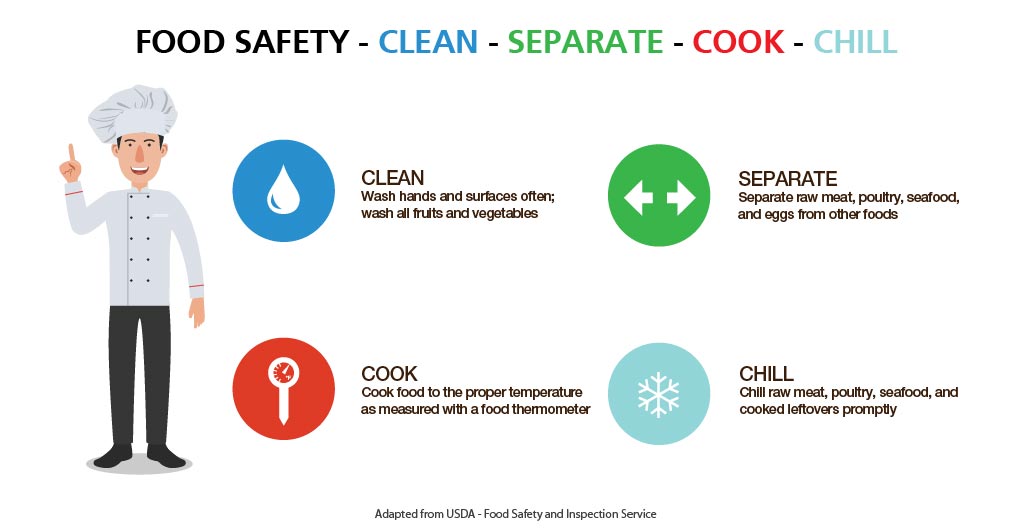Picnics are a fun, relaxing way to spend time bonding with family members and a great way to promote healthy habits and enjoy the outdoors.
However, food being prepared outdoors, with the increased temperature, and without home safety controls – can lead people to get sick.
So, if you’re planning a picnic with friends or family, make sure you follow certain food safety principles and procedures to ensure foodborne illness does not ruin your time.



- Learn about proper hygiene, cross contamination, cold and hot food safety, foodborne pathogens, and best practices to prevent foodborne illness.
- Food Manager Training & ANSI Certification - $99.00
- Food Handler Training - only $7.00!
- HACCP Training: 16hr/4hr/1hr
- Food Allergy Training - $15.00
- Enter Promo "train10off" at Checkout
Safe Food Choices
If your eating outdoors, meal planning becomes more important. Your menu should include items they can be stored in your pack without a cold source: peanut butter, jams, water or sealed juice containers, packaged snacks, chips, or fruits and nuts.



Cool Storage
Keeping perishables cool is essential to avoid food becoming unsafe. That’s why it is necessary to pack your basket or cooler with frozen gel packs.



Bacteria Danger Zone
Bacteria multiply rapidly at warm temperatures, and food can become unsafe if held in the “Danger Zone” (40°F – 140°F) for more than two hours. If the outdoor temperature is above 90°F, food can become dangerous after only one hour.



Easy Safe Food for Short Hiking
Before setting out for your short hike, be sure to pack non-perishables like trail mix, energy bars, and granola bars.
Four Steps of Food Safety
As always, people eating outdoors should follow the four steps to food safety:



Clean: Make sure to pack clean paper towels, water, and soap for cleaning surfaces and your hands. Disposable moist towelettes also work well.
Separate: Use clean plates. Likewise, don’t put foods eaten raw on the same platter that held raw meat or poultry. Any harmful bacteria present in the raw meat juices could contaminate them.
Cook: Always use a food thermometer to check the internal temperature of burgers, steaks, chicken and foods containing meat, poultry and egg dishes.
- Hamburgers, sausages and other ground meats should reach 160°F (71°C).
- All poultry should reach a minimum temperature of 165°F (74°C).
- Whole cuts of pork, lamb, veal and beef should be cooked to 145°F (63°C) as measured by a food thermometer placed in the thickest part of the meat, and allowed to rest for three minutes before eating.
- Fish should be cooked to 145°F (63°C).
- Cook eggs until yolks are firm, and cook foods containing eggs thoroughly.
Chill: Place leftovers in shallow containers and store them in a cooler immediately. Bacteria grow most rapidly in the range of 40°F – 140°F. Discard food left in the Danger Zone for more than two hours. When the outside temperature is 90°F or above this time reduces to just one hour.
National Picnic Day
National Picnic Day (April 23rd) is a great day for everyone to enjoy a meal outside.
From the French for piquenique, picnic means a meal eaten outdoors and are light informal affairs intended to be relaxing and fun for everyone to enjoy the day.
To celebrate National Picnic Day, don’t over-complicate things with several baskets of food. Instead, keep things simple so you can enjoy the experience of eating in nature, rather than being crowded with excess food items
Celebrate this day by having a wonderful picnic and share your photos on social media using #NationalPicnicDay.






